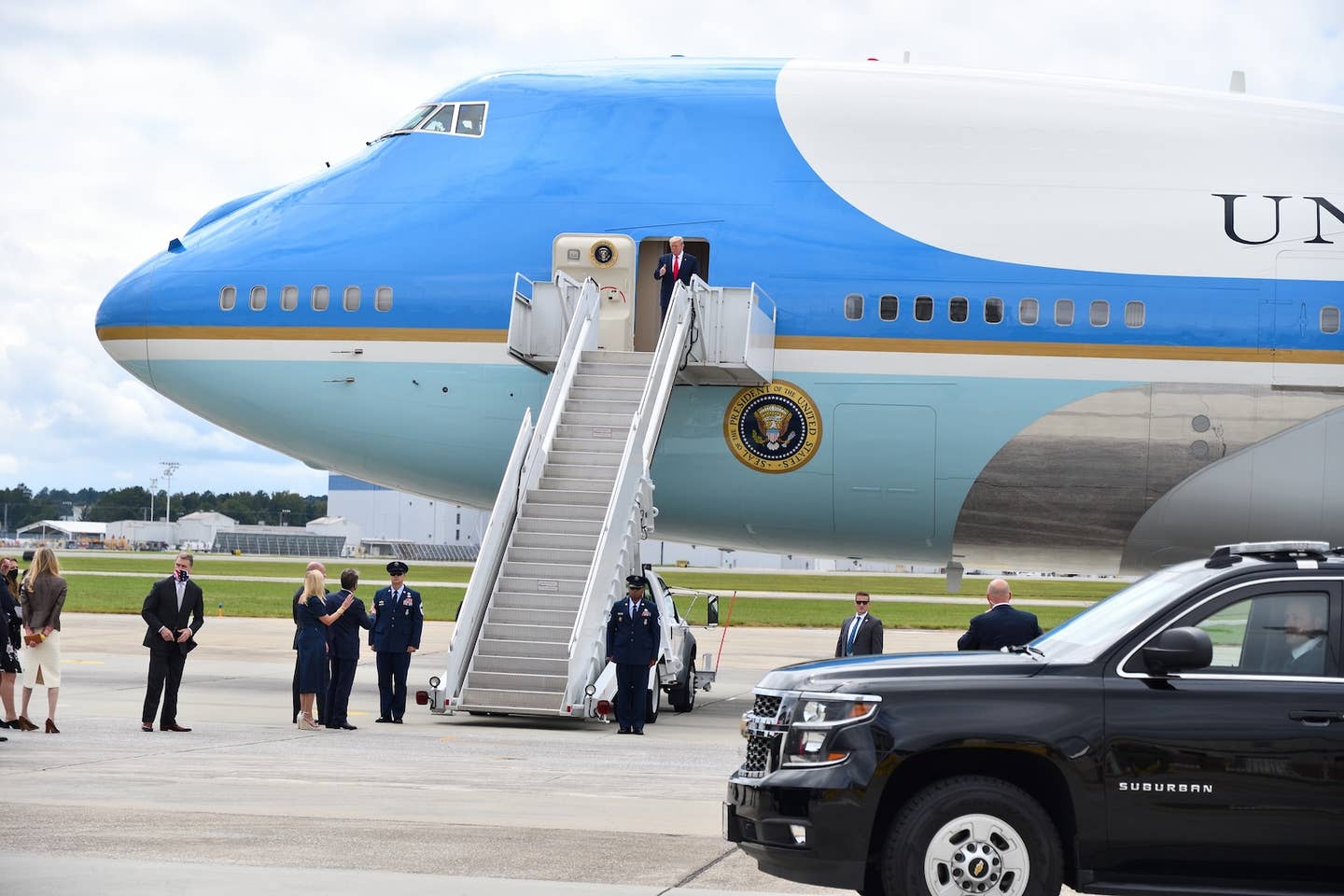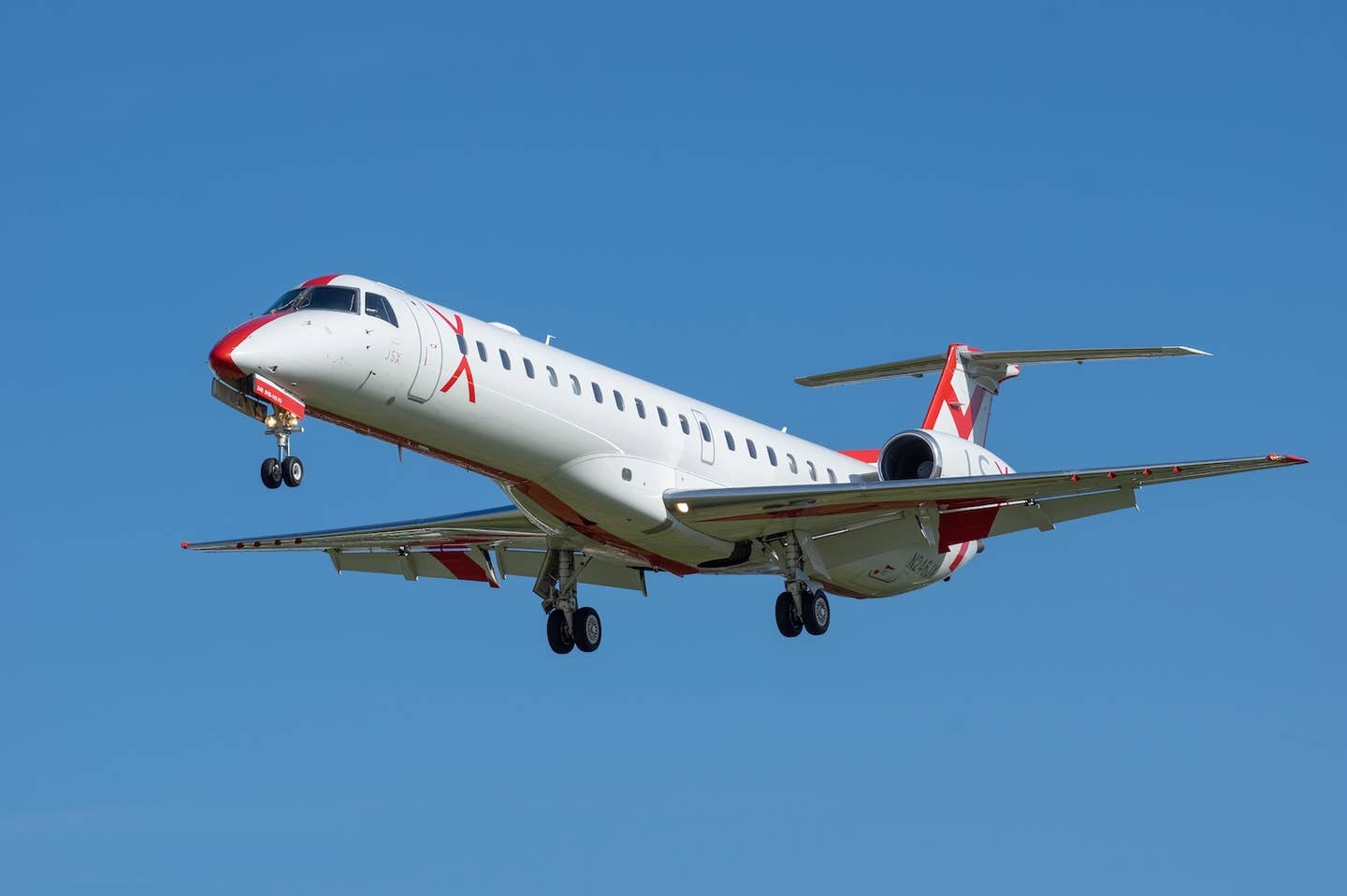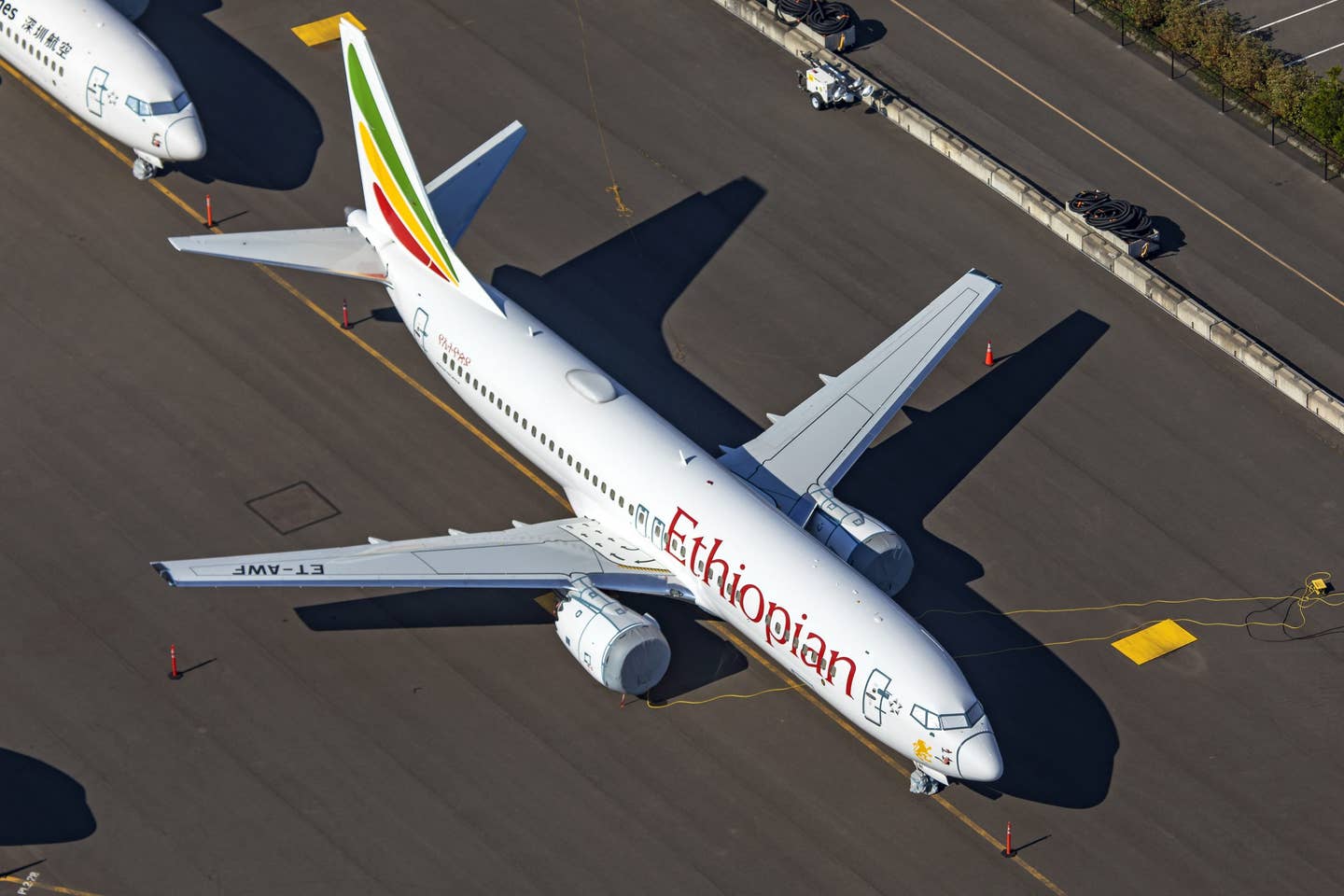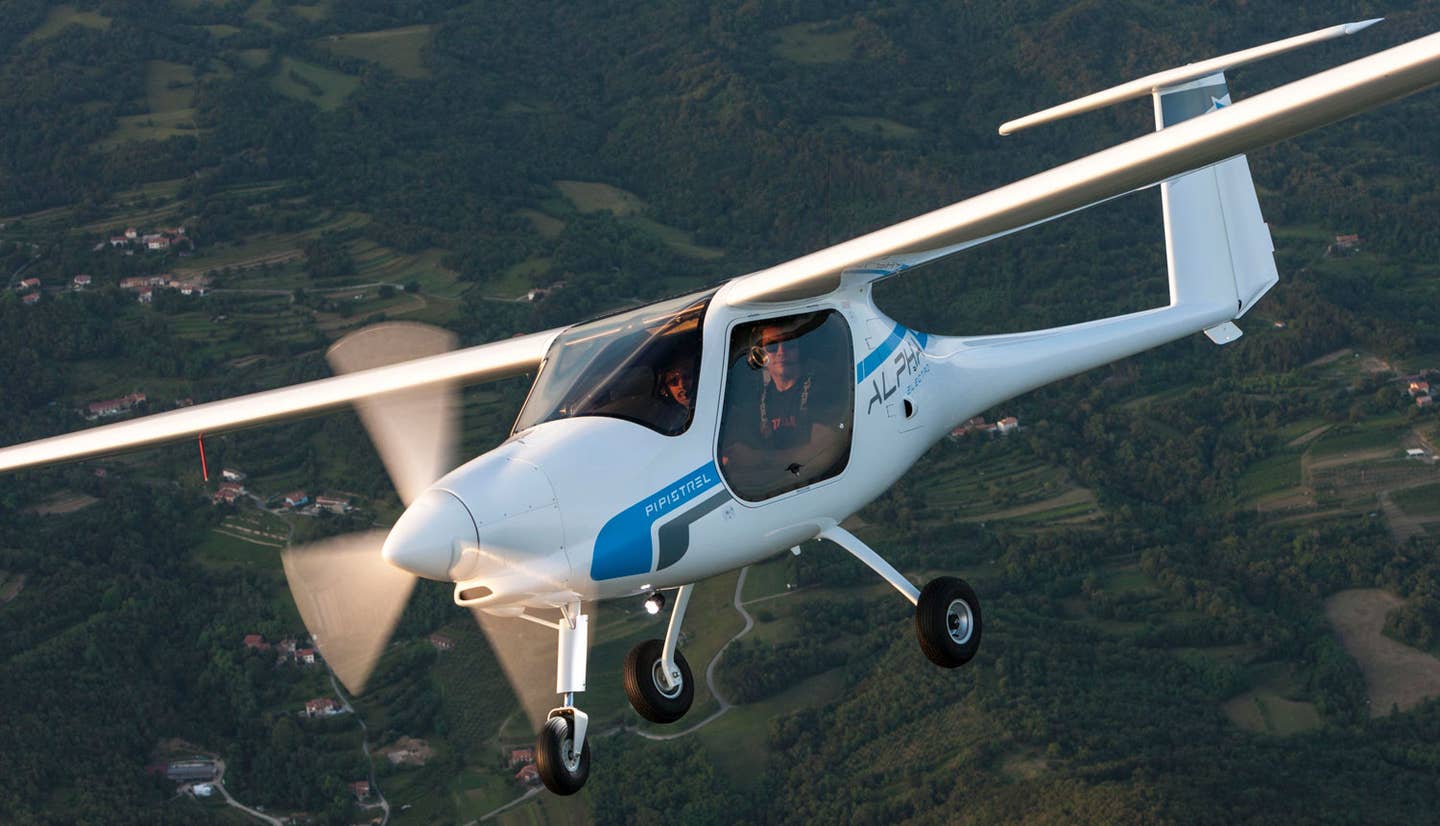
I still haven't completely wrapped my mind around how Aspen Avionics' recently introduced angle-of-attack system for light airplanes works. And because Aspen is seeking a patent for the unique, software-only approach to AOA indication, the company isn't ready to reveal all the details. But I had the chance to fly with the system in the blue skies over Lakeland, Florida, yesterday and came away convinced that the technology really does work as advertised.
What's so unusual about Aspen's AOA indicator is that it doesn't rely on any sensors on the wing or even extra wiring or plumbing as other AOA systems do. Instead, your local avionics shop simply uploads new software, inputs aircraft weight information and you go fly once with the technology to calibrate the system. Then you're in business.
Instead of relying on a pressure sensor or lift transducer on the wing to calculate angle-of-attack, the system derives AOA using flight envelope data from the air data computer and attitude heading reference system (AHRS) and a certified GPS. The three primary inputs the system uses to determine AOA are acceleration, airspeed and pitch.
This allows the system to display angle of attack even in an accelerated stall, when stall speeds can be much higher. It also eliminates errors that can arise during slips with pressure sensor-type devices.
I tried a number of power-off and power-on stalls, slow flight and steep turns in the Cirrus with Aspen director of flight ops James Buck. The technology worked exactly as Aspen promised it would, with a red-yellow-green indication that provides constant awareness of reserve lift in flaps-up and flaps-down configurations.
Where the system really shows its usefulness is on approach. I performed a number of landings at Plant City Airport using the AOA indicator to nail my approach speed at 1.3 Vso. The indicator on the Aspen display is easy to interpret and is in a logical location right near the airspeed readout.
Now that I know it works, I'm interested to learn more about the specifics of the technology. Aspen promises many of the secrets will be revealed once it has secured its patent, but for competitive reasons some of the details will probably never be revealed.
Price for the upgrade, which will be avaialble through Aspen's dealer network in July, is $1,995.
Get exclusive online content like this delivered straight to your inbox by signing up for our free enewsletter.

Sign-up for newsletters & special offers!
Get the latest FLYING stories & special offers delivered directly to your inbox






